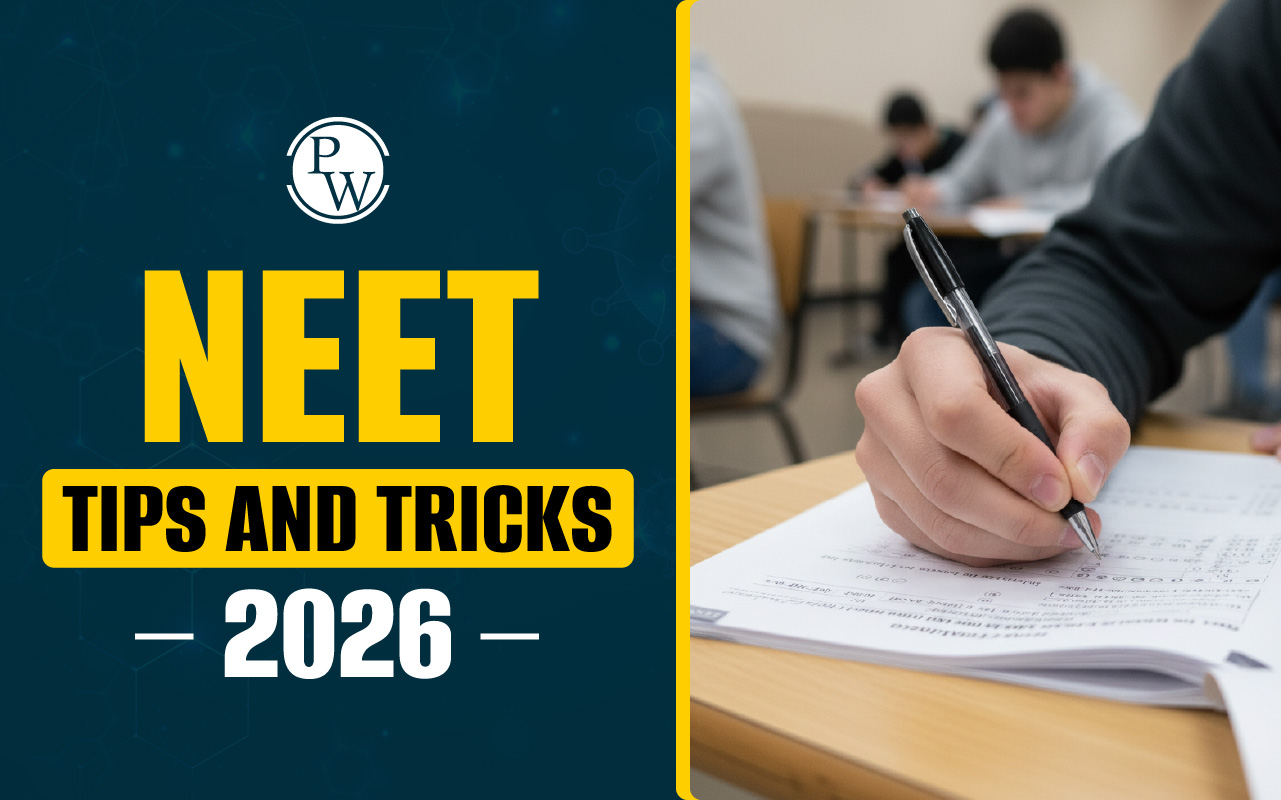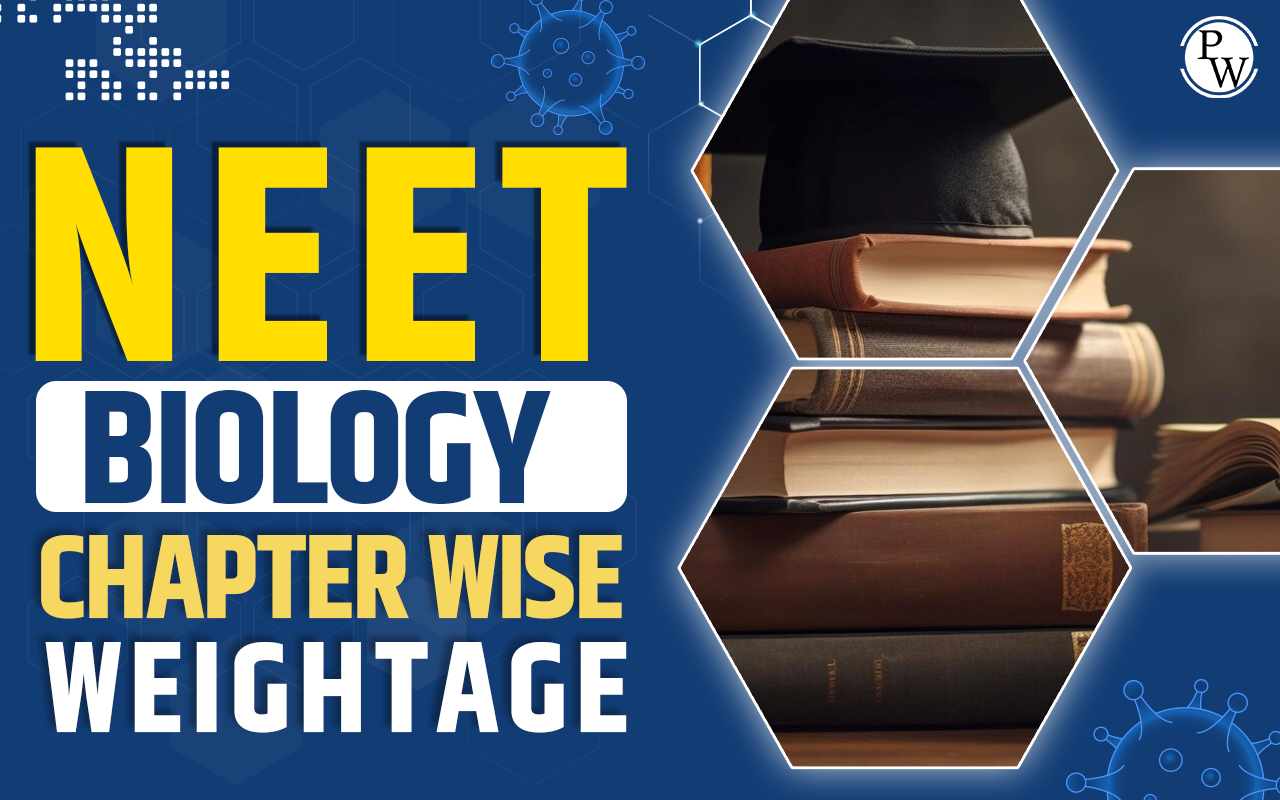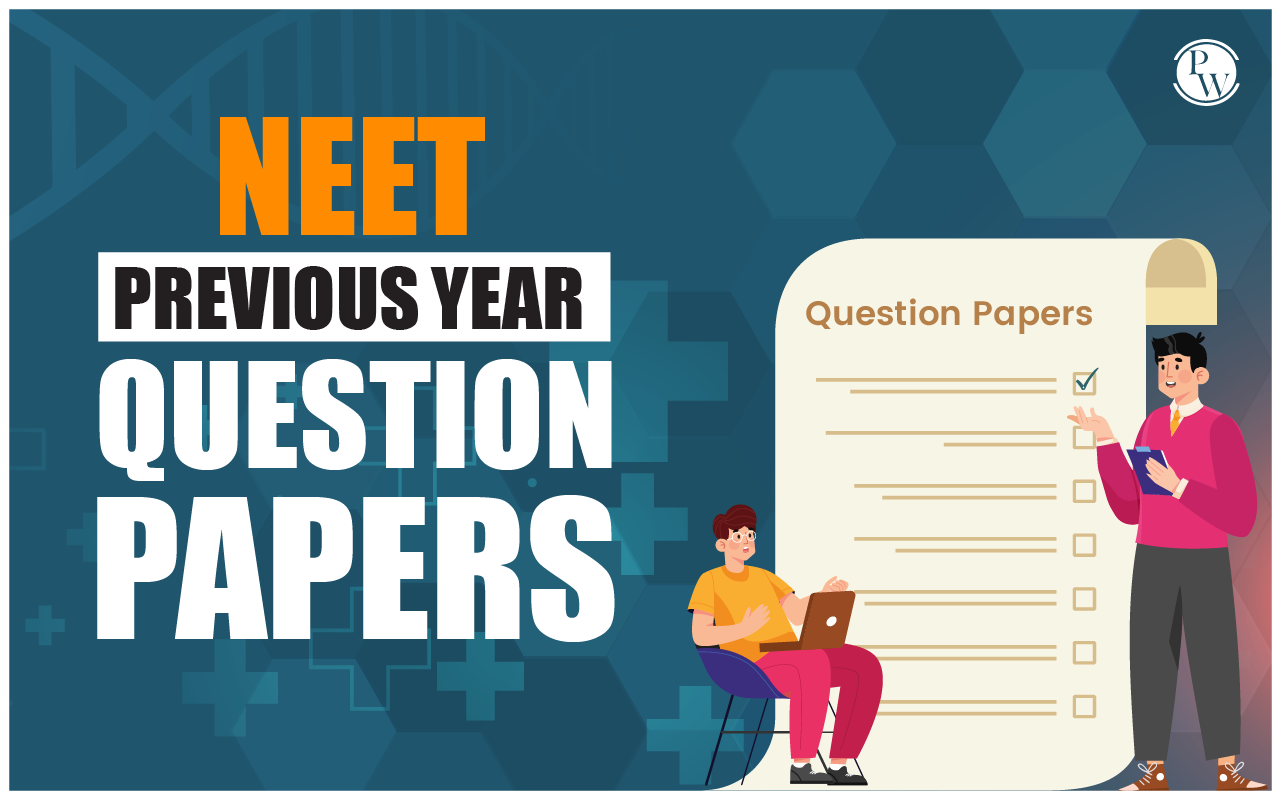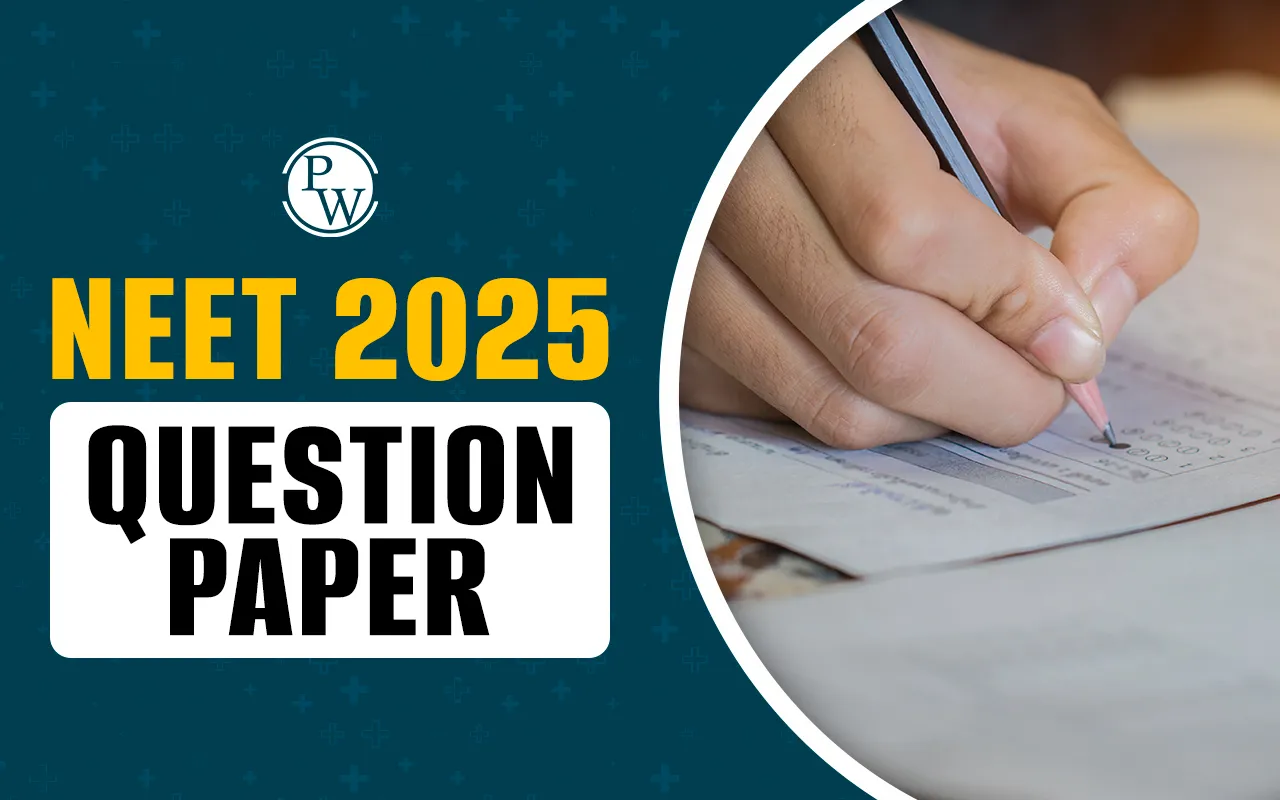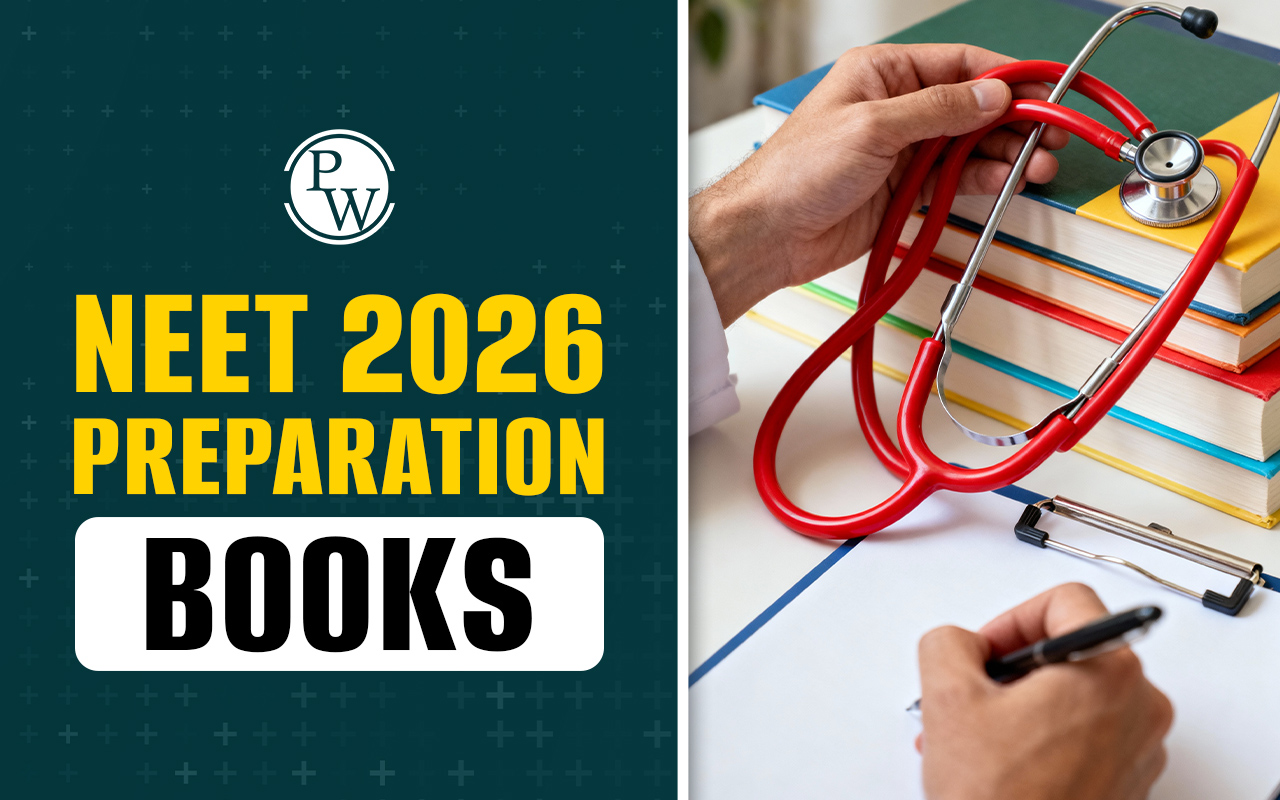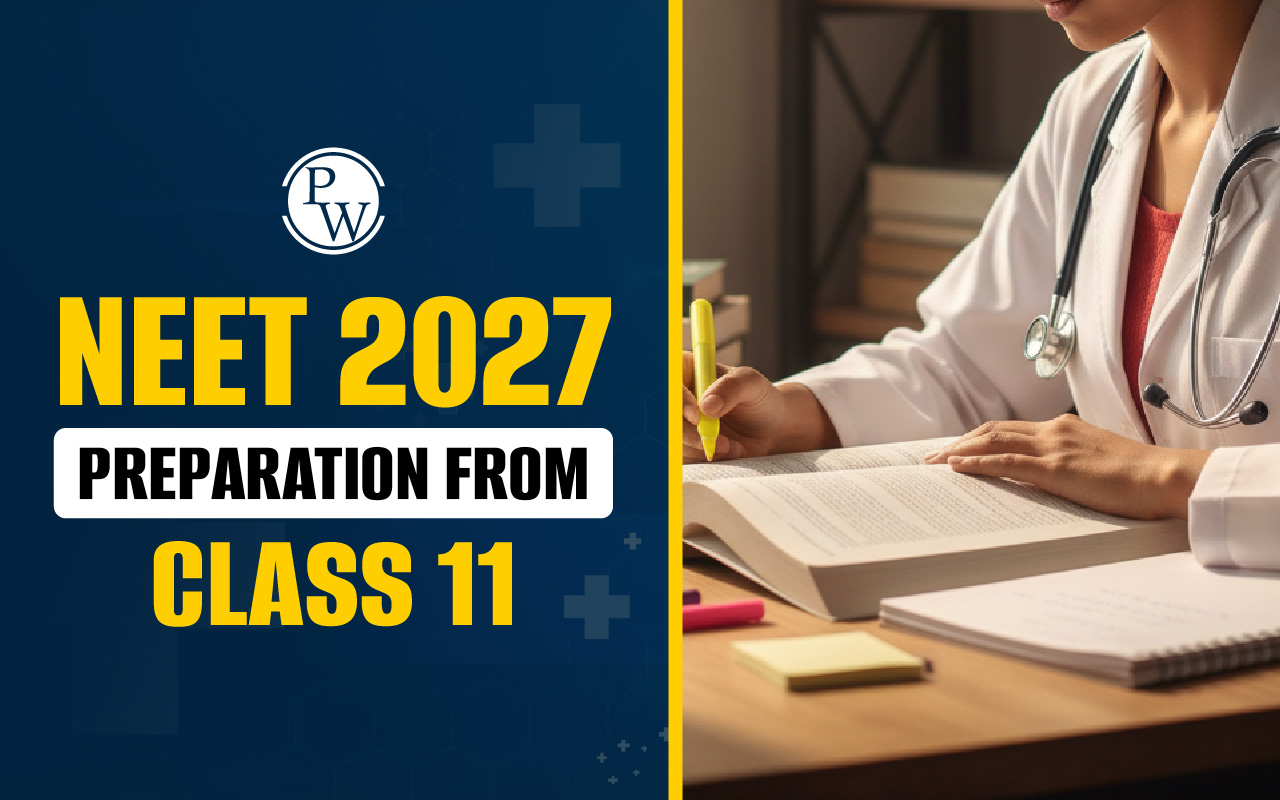
Plant Tissue Culture MCQs: Plant Tissue Culture is an important topic in Biology and is also part of the NEET syllabus. Many questions in NEET are asked about this topic. It is simple if you understand the process and steps clearly. One of the right ways to study this topic is by solving Plant Tissue Culture MCQs. These questions help you remember the process, terms, and techniques used.
This topic is part of the biotechnology and its application chapter and is important for the NEET exam as it covers basic science and applications.
Plant Tissue Culture MCQs Overview
Plant Tissue Culture is an easy and useful chapter in Biology that helps us understand how new plants can be grown from a small part of a plant in a lab. This method is clean, fast, and helps make many plants in a short time. It is an important part of NEET Biology, and questions from this topic are often asked in the exam. To understand this chapter well, students should practice MCQs and also revise from NCERT. For deep study, you can also refer to chapter-wise NEET notes and previous year NEET questions.
Download Last 5 Years NEET Previous Year Question Papers PDF
Free NEET PYQ PDF
What is Plant Tissue Culture?
Plant Tissue Culture means growing a plant from a small piece of it like a leaf, stem, or root in a lab. This small piece is called a tissue or explant. These tissues are kept in a clean glass bottle with a food solution. This food has all the things that plants need to grow like water, sugar, vitamins, and minerals.
-
This method is useful because:
-
It helps grow many plants quickly
-
All plants made are the same (clones)
-
It saves plants that are hard to grow in soil
-
It is used to grow plants even when the season is not right
-
This process is also called micropropagation.
Explore - NEET Online Courses
Plant Tissue Culture MCQs with Explanations
Here are some multiple choice questions from Plant Tissue Culture. Each question is followed by the correct answer and a short explanation.
Q1 Food production can be increased by:
-
agrochemical based agriculture.
-
genetically engineered crop-based agriculture.
-
organic agriculture.
-
All of these
Answer: (D) All of these
Explanation: Food production can be boosted using various methods. Agrochemical-based agriculture uses fertilizers and pesticides to improve yield. Genetically engineered crops are modified for traits like pest resistance or higher nutrition. Organic farming avoids synthetic chemicals and promotes natural growth. All three contribute significantly to increasing food production.
Q2 Isolated protoplasts from two different varieties of plants - each having a desirable character can be fused to get hybrid protoplasts. These are known as X and this process is known as Y .
Choose the options which fill the blanks correctly.
-
X-clones, -vegetative propagation
-
X-embryo, -asexual reproduction
-
X-somatic hybrids, -somatic hybridization
-
X-embryo, -sexual reproduction
Answer: (C) X-somatic hybrids, Y-somatic hybridization
Explanation: When protoplasts (plant cells without cell walls) from two different plants are fused, the resulting product is a somatic hybrid. The technique used is called somatic hybridization. This is useful for combining desirable traits from two different plant varieties.
Q3 Examples of Bt plants are:
-
Bt cotton.
-
Bt potato.
-
Bt tomato.
-
All of these
Answer: (D) All of these
Explanation: Bt plants are genetically modified to contain a gene from the bacterium Bacillus thuringiensis, which produces a protein toxic to insects. Bt cotton, Bt potato, and Bt tomato are all examples where this gene has been introduced to make the plants pest-resistant.
Q4 Activated Bt toxin binds to the:
-
foregut epithelial cells.
-
hindgut epithelial cells.
-
midgut epithelial cells.
-
All of these
Answer: (C) midgut epithelial cells
Explanation: When an insect eats Bt toxin, it gets activated in the insect's alkaline midgut. The toxin binds to the epithelial cells in the midgut, creating pores that disrupt ion balance, eventually killing the insect.
Q5 Bt toxins are:
-
bacteria specific.
-
fungi specific.
-
mammal specific.
-
insect-specific.
Answer: (D) insect-specific
Explanation: Bt toxins target specific groups of insects like lepidopterans (moths), coleopterans (beetles), or dipterans (flies). They do not harm mammals, birds, or other non-target organisms, making them environmentally safe.
Q6 Which of the following statements is correct regarding plants produced through tissue culture?
-
They are genetically diverse.
-
They are genetically identical to the original plant.
-
They are always sterile.
-
All of these
Answer: (B) They are genetically identical to the original plant.
Explanation: Tissue culture produces clones—plants that are genetically identical to the parent plant. This method is widely used for mass propagation of plants with desired traits.
Q7 Read the following statements and choose incorrect one.
-
There are an estimated 200,000 varieties of rice in India alone.
-
Producing thousands of plants through tissue culture is called micro-propagation.
-
Insulin can be orally administered to diabetic people
-
A probe is a single-stranded DNA or RNA tagged with a radioactive molecule.
Answer: (C) Insulin can be orally administered to diabetic people
Explanation: Insulin is a protein, and if taken orally, it gets digested in the stomach and becomes ineffective. Hence, it must be injected. All the other statements are correct.
Q8 Which of the following is not the benefit of transgenic animals?
-
Study of diseases
-
Non-biological products
-
Vaccines safety
-
Chemical safety testing
Answer: (B) Non-biological products
Explanation: Transgenic animals are used for biological research, disease modeling, vaccine safety testing, and toxicity studies. They are not used for producing non-biological products like plastics or metals.
Q9 Read the following statements (A-E).
A. The Genetic Engineering Approval Committee evaluates the safety of introducing GM organisms for public use.
B. Transgenic animals had their DNA manipulated to possess and express an extra foreign gene.
C. Transgenic animals are engineered to be less sensitive to toxic substances than non transgenic animals.
D. 95 per cent of all existing transgenic animals are mice.
E. In India, 21 recombinant therapeutics are presently being marketed.
How many of the above statements is/are
incorrect?
-
Two
-
One
-
Four
-
Three
Answer: (A) Two
Explanation: Statements A, B, and D are correct. Statement C is incorrect because transgenic animals are usually more sensitive to toxins for testing purposes. Statement E is outdated or approximate, so considered incorrect in a strict context.
Q10 Adenosine deaminase (ADA deficiency) could be permanently cure, if the gene isolated from marrow cells producing ADA is introduced into cell at:
-
early embryonic stages.
-
late embryonic stages.
-
early childhood.
-
adulthood.
Answer: (A) early embryonic stages
Explanation: Gene therapy during early embryonic development allows the correction to be passed on to all cells as the embryo grows, providing a permanent cure for disorders like ADA deficiency.
Q11 is the term used to refer to the use of bioresources by multinational companies and other organisations without proper authorisation from the countries and people concerned without compensatory payment.
-
Bioethics
-
Biopiracy
-
Biowar
-
Biopatent
Answer: (B) Biopiracy
Explanation: Biopiracy is the exploitation of natural resources or indigenous knowledge without permission or compensation, often by multinational companies.
Q12 Which of the following statements is/are correct?
-
PCR and ELISA are key techniques used for early diagnosis.
-
The proteins encoded by the genes crylAc and cryllAb control the cotton bollworms, that of crylAb controls corn borer.
-
The source of the complementary RNA in RNAi could be from an infection by viruses having RNA genomes.
-
All of these
Answer: (D) All of these
Explanation: PCR and ELISA help in early disease diagnosis. Cry genes provide resistance to insect pests in GM crops. RNAi can originate from viral RNA, making all the statements true.
Q13 Given below are two statements: one is labelled as Assertion A and the other is labelled as Reason R:
Assertion (A): Bacillus thuringiensis produces protein that kills lepidopteran insect only.
Reason (R): It forms protein crystals during a particular phase of their growth.
In the light of the above statements, choose the correct answer from the options given below:
-
A is true but R is false.
-
A is false but R is true.
-
Both A and R are true and R are the correct explanation of A.
-
Both A and R are true but R are not the correct explanation of A.
Answer: (C) Both A and R are true and R is the correct explanation of A
Explanation: Bt produces crystal proteins toxic to specific insects. These proteins form during sporulation and are ingested by insects, making the reason correctly explain the assertion.
Q14 Given below are two statements: one is labelled as Assertion A and the other is labelled as Reason R:
Assertion A: RNAi involves silencing of a specific mRNA due to complementary dsRNA molecule that binds to and prevents translation of the mRNA (silencing).
Reason R: RNAi takes place in all prokaryotic organisms as a method of cellular defense. In the light of the above statements, choose the correct answer from the options given below:
-
A is true but R is false.
-
A is false but R is true.
-
Both A and R are true and R is the correct explanation of A.
-
Both A and R are true but R is not the correct explanation of A.
Answer: (A) A is true but R is false
Explanation: RNAi is a gene silencing method that occurs in eukaryotes. It does not occur in prokaryotes like bacteria, making the reason incorrect.
Q15 Given below are two statements: one is labelled as Assertion A and the other is labelled as
Reason R:
Assertion A: Bi Lilly prepared two DNA sequences of chains of insulin & introduced them in the plasmids of one E.coli.
Reason R: Chains A and B were produced separately, extracted, and combined by creating disulfide bonds to form human insulin. Given below are two statements: one is labelled
as Assertion A and the other is labelled as
Reason R:
-
A is true but R is false.
-
A is false but is R true.
-
Both A and R are true and R the correct explanation of A.
-
Both A and R are true but are not the correct explanation of A.
Answer: (C) Both A and R are true and R is the correct explanation of A
Explanation: Eli Lilly indeed used E. coli to produce insulin chains A and B separately. These chains were then chemically joined using disulfide bonds, which is how recombinant human insulin is made. The reason correctly explains the assertion.
Prepare for NEET with PW Online NEET Coaching! Our courses offer structured lessons, clear explanations of concepts, and interactive classes to support your NEET preparation effectively.
Plant Tissue Culture MCQs FAQs
What are the 4 types of plant tissues?
What is plant tissue?
Who is the father of morphology?
What are the 7 plant tissues?


